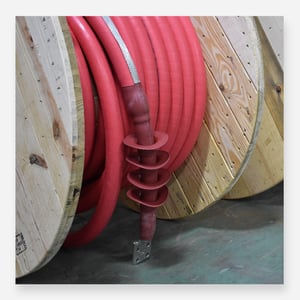
To handle medium voltage safely and efficiently, it's essential to have a thorough understanding of the various cable types and designations. While they may appear similar, recognizing the crucial differences between them can mitigate potential hazards and enable you to choose the right cables that meet your specific requirements.
Medium voltage applications require cables that are designed specifically to handle voltages ranging from 5kV to 35kV, sometimes called Type-MV, Type-SH, and Type MV with concentric neutrals. Let's examine each of these three medium voltage cables more closely and go over the similarities and differences between them.
Medium Voltage Cable Types
Type SH cable is a single conductor shielded power cable. The purpose of the shield (as with all medium voltage cables) is to relieve potential electrical stress build-up within the cable. Type SH cables are designed at a 100% insulation level and typically specified in voltage ratings of 5kV, 15K, 25K, and 35K.
Usage: Temporary Installations. Not intended for permanent usage.
Flexibility: Very Flexible
Type MV cables are defined as single or multi-conductor cables rated for 2001 volts up to 35,000 volts. Type MV cables are typically specified as either an MV-90 or an MV-105, with the 90 or 105 designating the maximum conductor temperature in degrees Celsius (ºC). Type MV cables carry typical insulation levels of 100%, 133%, and 173% with a voltage range of 5kV, 8kV15kV, 25kV, and 35kV.
Usage: Permanent usage.
Flexibility: Flexible
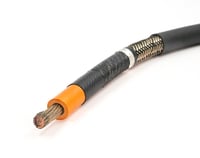 Type MV With Concentric Neutrals
Type MV With Concentric Neutrals
Type MV/Concentric Neutral cables are used mainly for power distribution. Power distribution is the final phase of electricity deployment where it’s delivered from the transmission system to the end-equipment. These cables are developed to handle fault currents and/or currents associated with unbalanced 3-phase loads. Due to coarse stranding on primary conductors and solid concentric neutral wires, the construction of concentric neutral medium voltage cables typically makes them stiff and difficult to bend.
We’d be remiss if we didn’t mention unshielded jumper cables. ATPC’s unshielded jumper cable is rated for 15kV. Since this cable is unshielded, protection against electrical stress on the cable is minimized. When handling a cable with a lack of shielding, a number of precautions must be taken during installation and should be performed by trained, knowledgeable personnel.
Usage: Temporary Installations
Differences between Type SH/MV cables
Design Standards: There are several differences to point out between Type SH and MV cables like the product design standards used. Type SH cables are governed by ICEA S-75-381/NEMA WC-58. Our Type MV cable is designed to UL Standard 1072.
Installation: While our Type SH cable is intended for temporary power applications such as on mobile substation equipment, our Type MV cable is recognized by the NEC for use in permanent installations. Plus, it typically carries additional ratings including direct burial, sunlight-resistant and for CT use.
Design Ratings: Type SH cables are built at a 100% insulation level, while Type MV cables are commonly available at 100% and 133% insulation levels. Type SH cables carry a 90ºC maximum conductor temperature rating, while the Type MV cables can carry a maximum conductor temperature rating of either 90ºC if they are Type MV-90 or 105ºC if they are Type MV-105.
In Summary
In summary, Type SH and Type MV medium voltage cables are common choices for various electrical applications, with Type SH offering additional shielding to protect against interference and faults. Concentric neutrals are a design feature that can be incorporated into medium voltage cables to enhance their electrical performance, particularly in long-distance power transmission scenarios. The choice of cable type depends on the specific requirements of the electrical system and the application at hand.
At Amphenol TPC Wire & Cable, we engineer medium voltage cables built to withstand extreme environments, including options with concentric neutrals and enhanced insulation for added safety and performance.
👉 Browse our Medium Voltage Cable Products
👉 Contact Us to Speak with a Cable Expert
Make the smart choice—choose TPC for your toughest power challenges.

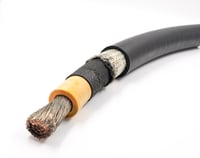
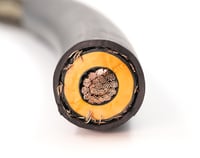 Type-MV Cables
Type-MV Cables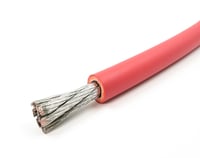 Unshielded Jumper Cables
Unshielded Jumper Cables

